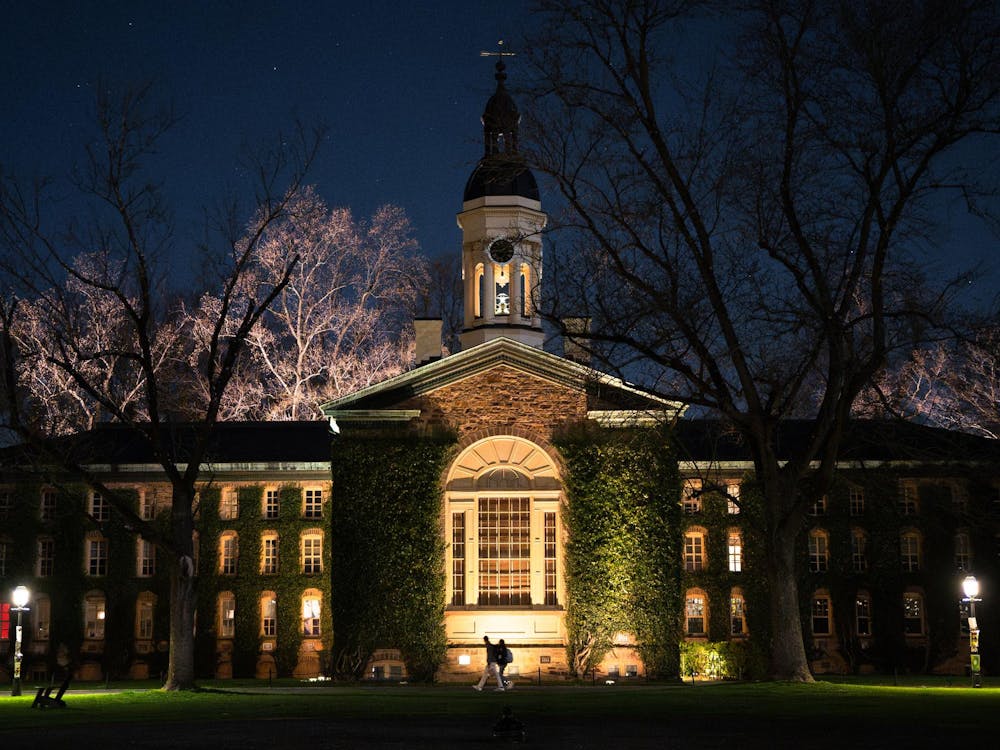At 9 p.m. Monday the 'Prince' was inundated with calls from students – both experienced and inexperienced with networked University computers – who were concerned with the pictures appearing on the University's home page. Students thought that the pictures were the result of either a mishap at CIT or some sort of network tampering. The odd pictures remained on the home page all night and were removed yesterday morning.
CIT responded to initial queries concerning the pictures with an air of confusion. They assured us that one of the pictures in particular – resembling some sort of flying orb – was the McCosh sundial. Upon subsequent conversations with CIT, they amended their explanation: The orb was a hovercraft built in 1959 for an air show at the Forrestal Campus. But what explanation could CIT give for pictures of President Dodd screaming, a bicycle leaning against a wall, a pole covered with unreadable paper signs and a many-paned window with two of those panes missing, to give only limited sampling.
The story behind the pictures can be explained in one of two ways. In the first the pictures could be owned up to some sort of mistake – either through tampering with the system that was out of CIT's control, or an unintentional mistake within CIT, such as placing the wrong series of pictures onto the home page. This answer poses interesting questions. How could a mistake of this magnitude make it so easily mar our main Internet gateway to the University, and, once discovered, why did it take almost 12 hours for CIT to remove the pictures?
The second, and more disturbing explanation is the one maintained by CIT: The pictures were placed on the home page intentionally. But this also raises questions. Why was the change made so late at night – well after the typical 9-5 workday had ended? More importantly, why were these pictures used to represent the University? On one of the most picturesque campuses in the country, there are certainly more appealing pictures than an ex-president gaping at the camera or a hovercraft floating through the air. If these pictures were intentional – a point that remains in contention – CIT should display a better aesthetic sense in a medium that presents the University to the world.







